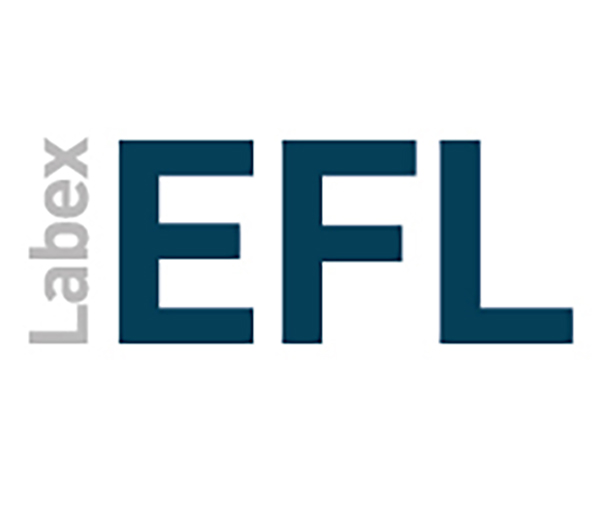Cross-Domain Priming From Mathematics to Relative-Clause Attachment: A Visual-World Study in French
| Titre | Cross-Domain Priming From Mathematics to Relative-Clause Attachment: A Visual-World Study in French |
| Publication Type | Article de revue |
| Année de publication | 2018 |
| Authors | Pozniak, Celine, Barbara Hemforth, and Christoph Scheepers |
| Journal | Frontiers in Psychology |
| Issue | Nov. 2018 |
| Date de publication | Nov. 2018 |
| Abstract | Human language processing must rely on a certain degree of abstraction, as we can produce and understand sentences that we have never produced or heard before. One way to establish syntactic abstraction is by investigating structural priming. Structural priming has been shown to be effective within a cognitive domain, in the present case, the linguistic domain. But does priming also work across different domains? In line with previous experiments, we investigated cross-domain structural priming from mathematical expressions to linguistic structures with respect to relative clause attachment in French (e.g., la fille du professeur qui habitait à Paris/the daughter of the teacher who lived in Paris). Testing priming in French is particularly interesting because it will extend earlier results established for English to a language where the baseline for relative clause attachment preferences is different form English: in English, relative clauses (RCs) tend to be attached to the local noun phrase (low attachment) while in French there is a preference for high attachment of relative clauses to the first noun phrase (NP). Moreover, in contrast to earlier studies, we applied an online-technique (visual world eye-tracking). Our results confirm cross-domain priming from mathematics to linguistic structures in French. Most interestingly, different from less mathematically adept participants, we found that in mathematically skilled participants, the effect emerged very early on (at the beginning of the relative clause in the speech stream) and is also present later (at the end of the relative clause). In line with previous findings, our experiment suggests that mathematics and language share aspects of syntactic structure at a very high-level of abstraction. |
| DOI | 10.3389/fpsyg.2018.02056 |




